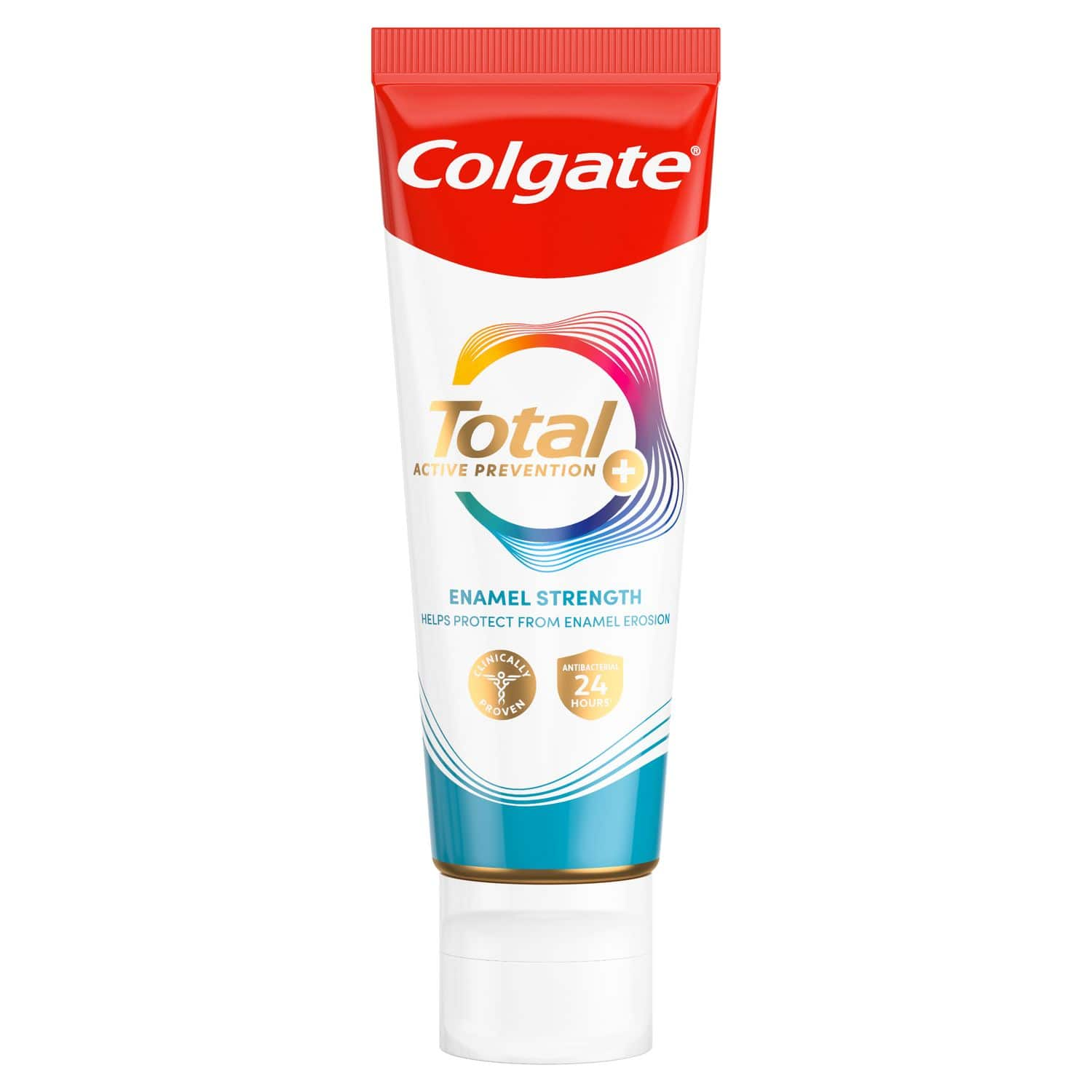How the TMJ Works
The temporomandibular joint can move side to side, as well as backward and forward, making it one of the most complex joints in your body. Connecting your lower jaw to the temporal bones at the side of your head, the joint allows you the range of motion needed to speak, yawn and chew food. Facial muscles attached to this joint control these movements, while a soft cartilage disc within the joint socket absorbs massive amounts of pressure so no single motion does any damage.
What Causes TMD
Trauma, dislocation or a displaced disc can all contribute to an audible jaw disorder, but the exact cause of TMD is often unknown. Nonetheless, clenching and grinding can cause pain and tightness in the facial muscles – especially if the teeth are not in alignment – whereas various types of arthritis can affect the joint itself. Researchers feel that women may be more susceptible to TMD in part because the collagen holding the disk in the socket is anatomically different in women. Female hormones might influence the joint, as well.
Symptoms of TMD
The most common symptom of TMD is pain in the joint itself or the chewing muscles that attach to it. Other signs include locking of the jaw or restricted movement, changes in the way your teeth come together and recurring headaches. A painful grinding or popping in your joint can be a warning, of course, but a clicking sound in your jaw – or limited movement "without pain" – isn't always an indication of a TMJ problem, nor does it need treatment.
For most people, symptoms are mild and often disappear spontaneously. For others, the pain can be persistent and debilitating. Whenever you experience a sign of TMD, see your dentist as soon as you can.
Diagnosing It
These signs are what your dentist considers when taking a detailed dental and medical history. He or she will ask for specifics concerning your symptoms and perform a careful examination that includes observing the movement of your jaw and feeling for tightness or tenderness in the facial muscles. A panoramic X-ray can also help reveal or rule out a serious joint issue. Although, if more detail is needed, magnetic resonance imaging (MRI) or a cat scan (CT) may be necessary. Your dentist is ultimately looking to exclude other causes of discomfort before making a diagnosis. These include sinus infections, toothaches, earaches, arthritis and even some neurological conditions.
Getting Relief
Most dental associations recommend conservative, nonsurgical treatments for TMD. Custom bite guards or splints, fabricated to stabilise your bite, are one of the most common remedies. Because most cases of TMD are temporary in nature, taking the following steps to relieve discomfort may be just the thing:
- Eat soft foods
- Alternate applying ice and moist heat on your joint
- Avoid excessive jaw movements – wide yawning, chewing gum or taking big bites of tall sandwiches
- Practice stress-reducing techniques
- Follow gentle stretching exercises, as suggested by your dentist or physical therapist
- Use over-the-counter pain or nonsteroidal anti-inflammatory medications as directed by your dentist or doctor
Keeping Your TMJ Healthy
Good oral health means brushing your teeth with fluoride toothpaste and seeing your dentist regularly for cleanings. Keep in mind that not all jaw pain comes from overextension; you can keep your TM joint in good health by avoiding excessive jaw movements or biting down on hard objects, too. If you clench or grind your teeth at night, wearing a mouth guard while you sleep can also help prevent symptoms of TMD.
And remember, if you do experience a clicking jaw – with no pain – it's probably not TMD. But it's still a good idea to mention your noisy jaw at your next check-up.
ORAL HEALTH QUIZ
What's behind your smile?
Take our Oral Health assessment to get the most from your oral care routine
ORAL HEALTH QUIZ
What's behind your smile?
Take our Oral Health assessment to get the most from your oral care routine













